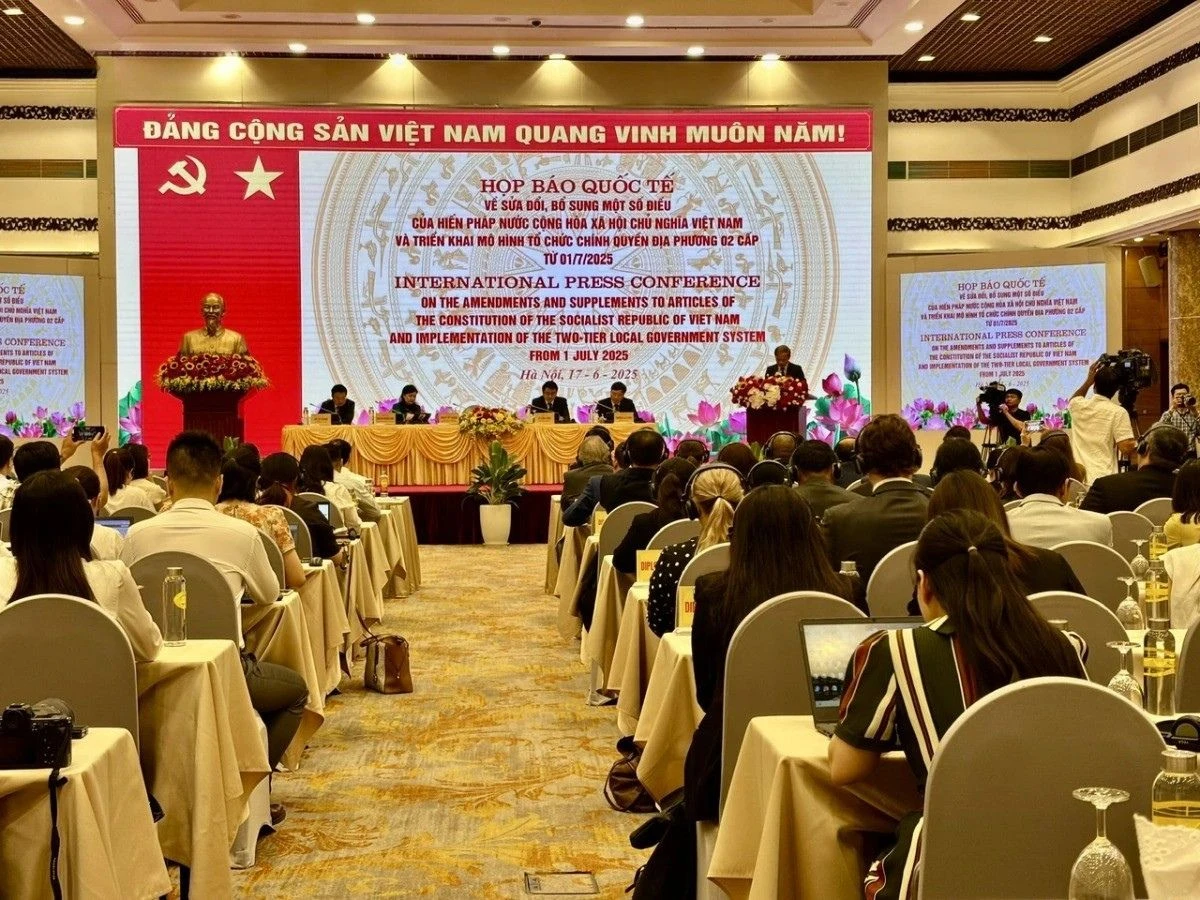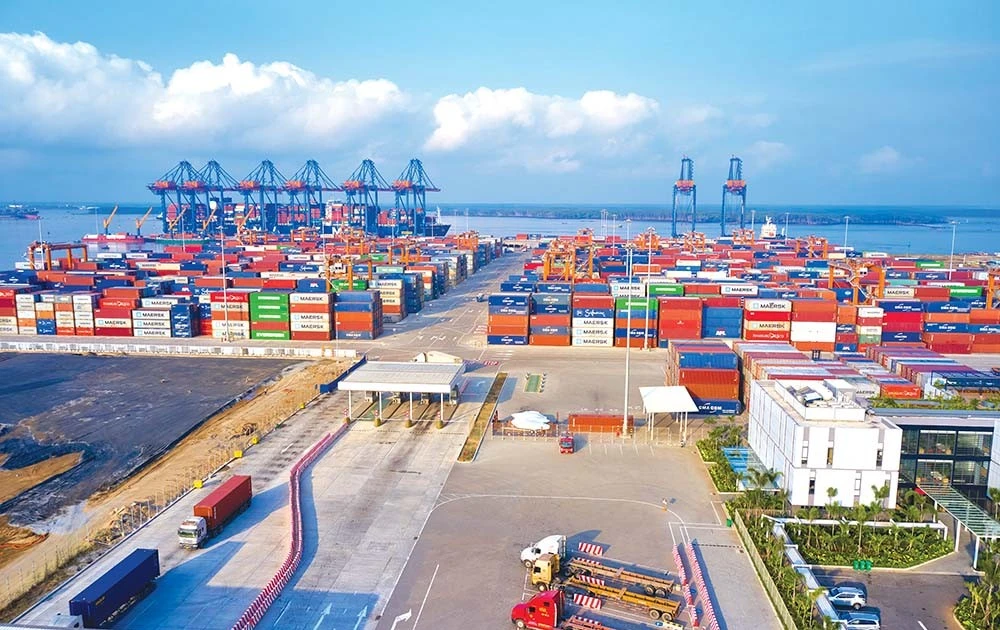


A Historic Milestone – Official Launch of the Two-Tier Government Model: New Opportunities and Challenges for Vietnam’s Logistics Industry
On July 1, 2025, Vietnam officially launched the provincial–district two-tier local government model in 34 provinces and cities nationwide. This is a major historical administrative reform aimed at streamlining the governmental structure, advancing digital transformation, and enhancing public service delivery. However, the new model also brings forth additional demands for the logistics sector—particularly in customs procedures, import-export processes, and goods circulation.
A Historic Step in Administrative Reform
As of July 1, 2025, the two-tier local government model has come into official operation in 34 provinces and cities nationwide. Accordingly, the intermediate administrative level (districts) will be reorganized or have its functions redefined. The new model consists of the provincial level (centrally governed cities/provinces) and the commune level (communes, wards, towns), aiming to simplify governance structures, eliminate overlapping management, and improve services for both citizens and businesses.
This is considered one of the most significant administrative reforms in decades, helping reshape the government apparatus toward a leaner, more flexible, and practical system. The restructuring is not only an organizational shift but also a foundation for promoting digital transformation, decentralization, and strengthening local economic governance.

Direct Impacts on Logistics and Supply Chains
For the logistics industry, which heavily relies on administrative coordination and infrastructure, the new model introduces both opportunities and challenges. The streamlined management framework is expected to significantly reduce bureaucratic hurdles and facilitate faster access to local authorities for businesses.
Experts note that merging administrative units will help shorten the processing time of customs procedures, reduce costs, and improve interprovincial freight operations. However, during the initial rollout, inconsistencies in data, sector codes, or procedural systems across newly defined localities may lead to temporary disruptions in import-export and logistics activities.
Development Opportunities: Infrastructure, Digitalization, and Sustainable Logistics
The administrative reform is accompanied by synchronized investments in transportation infrastructure, seaports, ICDs, and airports—providing a crucial boost for logistics expansion. Businesses can leverage this momentum to establish satellite logistics hubs in newly restructured provinces, optimize delivery routes, and shorten shipping times.

Simultaneously, the government’s push for digital governance also encourages logistics companies to adopt technology-driven solutions, such as Warehouse Management Systems (WMS), Transportation Management Systems (TMS), API customs integrations, blockchain, and end-to-end traceability. These are vital enablers for optimizing supply chains, enhancing operational efficiency, and strengthening global competitiveness.
Importantly, the growing trend of green logistics is also gaining strong momentum. With supportive local policies and ESG-driven business commitments, adopting clean transport, green warehousing, and energy-efficient operations will be key for competing in markets with strict carbon emission standards and sustainable supply chain requirements.
Emerging Challenges and InterLOG’s Strategic Solutions
1. Synchronizing Logistics Data and Customs Procedures
Increased decentralization necessitates seamless data integration across government levels. Without synchronization, businesses may face procedural delays, affecting import-export activities.
InterLOG recommends that the General Department of Customs promptly integrate platforms for declaration, origin certification, and transport into a centralized, interconnected system. At the same time, businesses should invest in API connectivity to ensure uninterrupted processing.

2. Building a Distributed Logistics Network
The administrative boundary restructuring requires logistics firms to realign their operational networks to fit the new local structures.
InterLOG suggests proactively establishing strategies to redistribute warehouses, ICD stations, and transit hubs in provinces with vibrant production and export-import activities—helping reduce costs and improve interprovincial delivery efficiency.
3. Investing in Supply Chain Technology
Uneven levels of digital readiness across provinces may hinder supply chain connectivity.
InterLOG proposes strong investment in integrated management systems (WMS, TMS) with real-time data updates, minimizing errors and delays in declaration and delivery processes.
4. Executing ESG Strategies and Green Logistics
New sustainability and emission regulations require logistics providers to adapt quickly. Enterprises should seize green infrastructure incentives offered by local governments to invest in clean transport fleets, energy-efficient cold storage, and ESG-compliant operations.
The official implementation of the two-tier local government model marks a significant turning point in Vietnam’s administrative reform—accelerating digital transformation, streamlining governance, and enhancing public sector performance. For the logistics industry, this is both a time of great potential and considerable challenge.
InterLOG believes that with a proactive approach to capturing opportunities—across infrastructure, technology, and ESG policy—logistics businesses can successfully adapt, optimize their supply chains, and actively contribute to realizing sustainable development goals in this new era.


